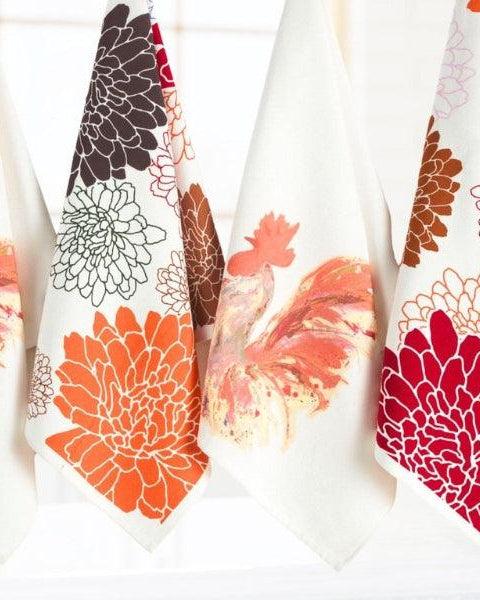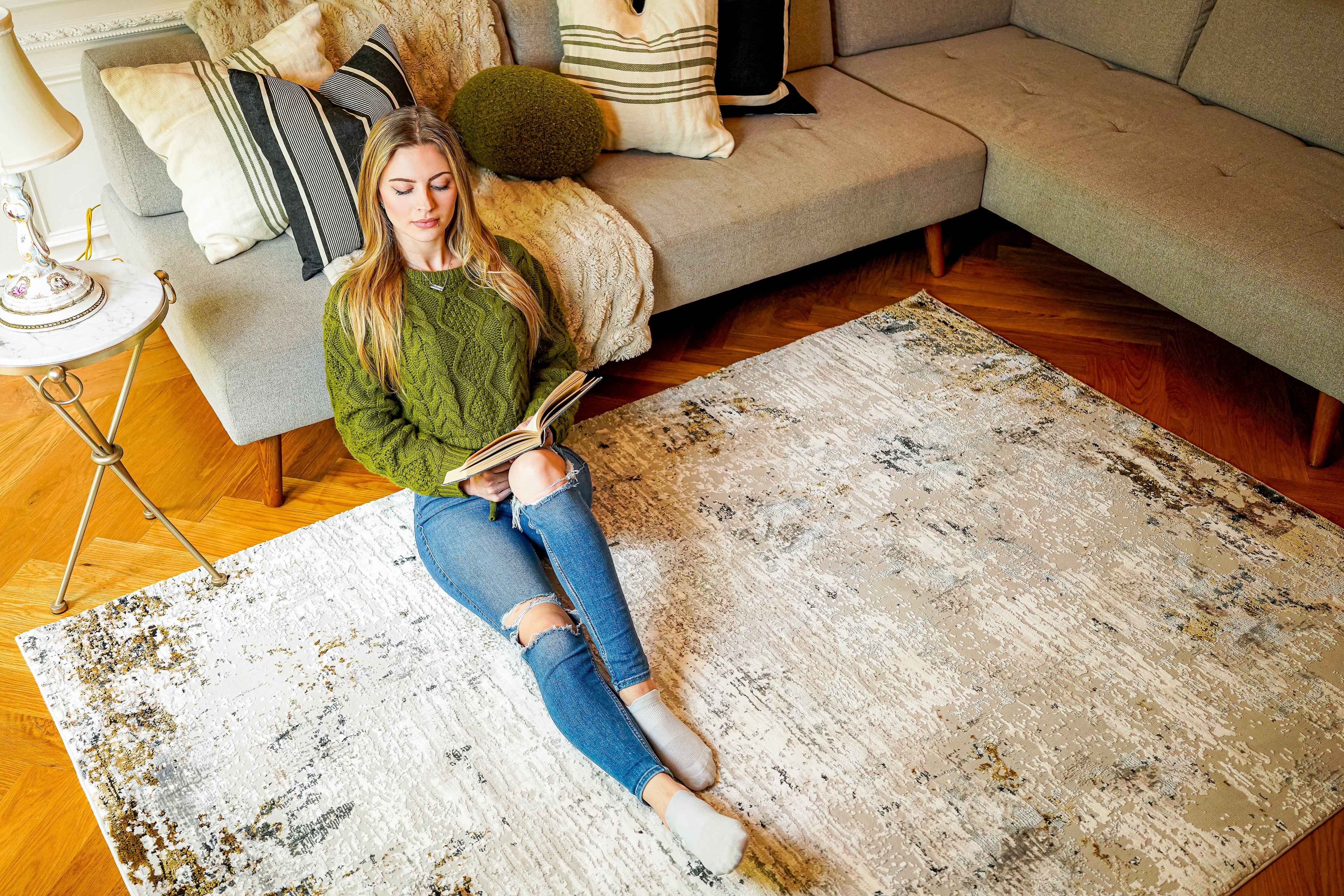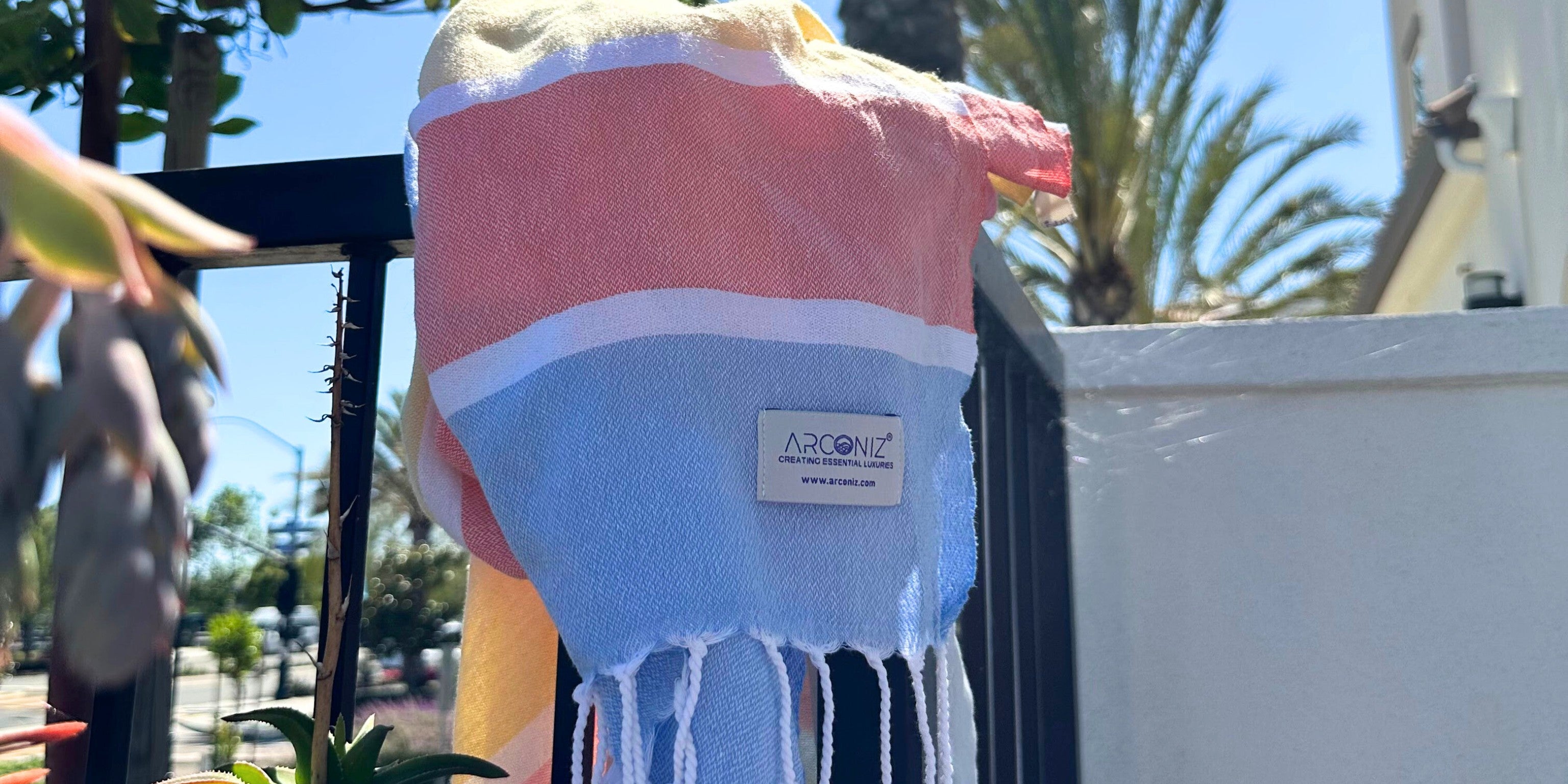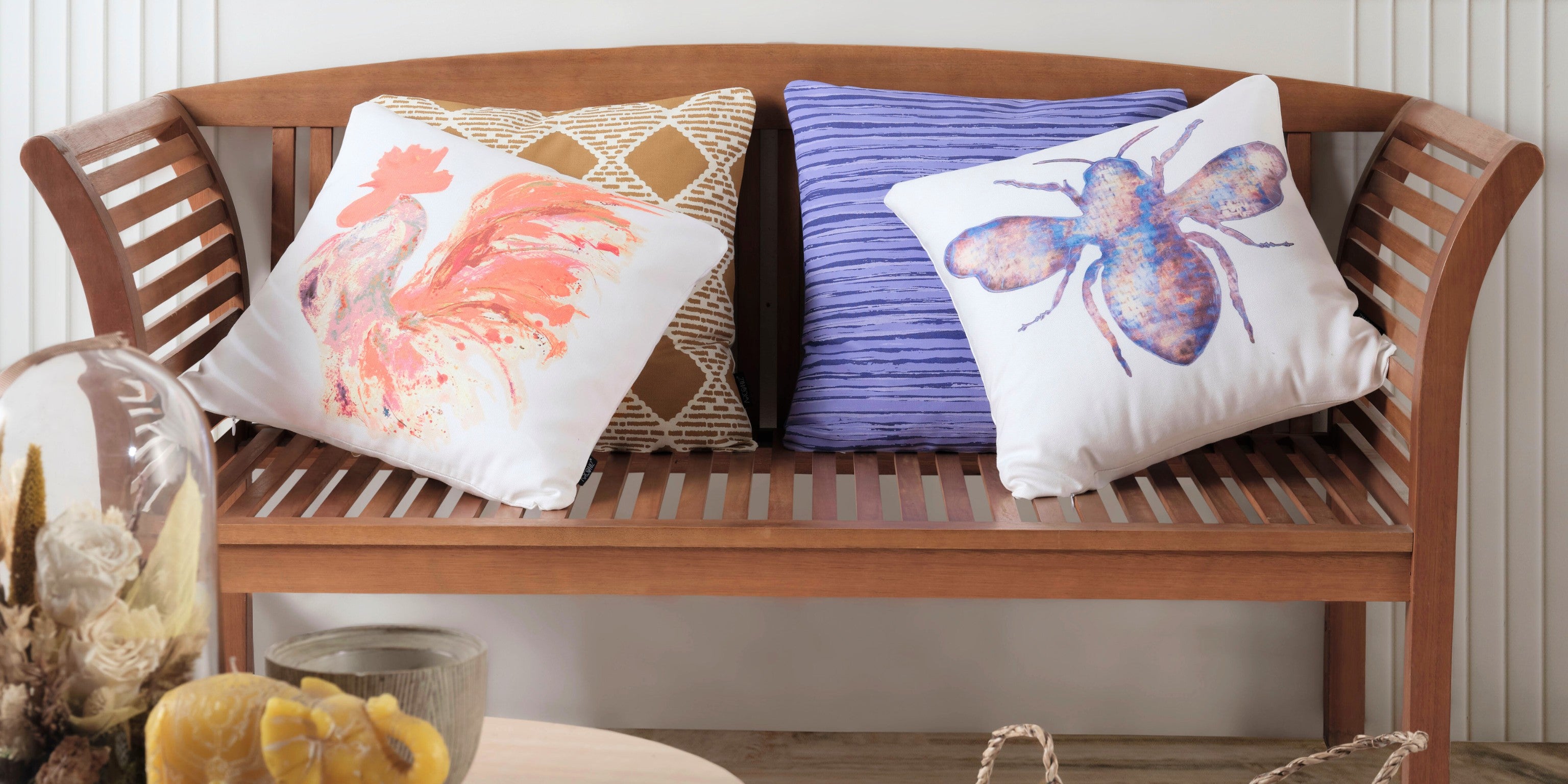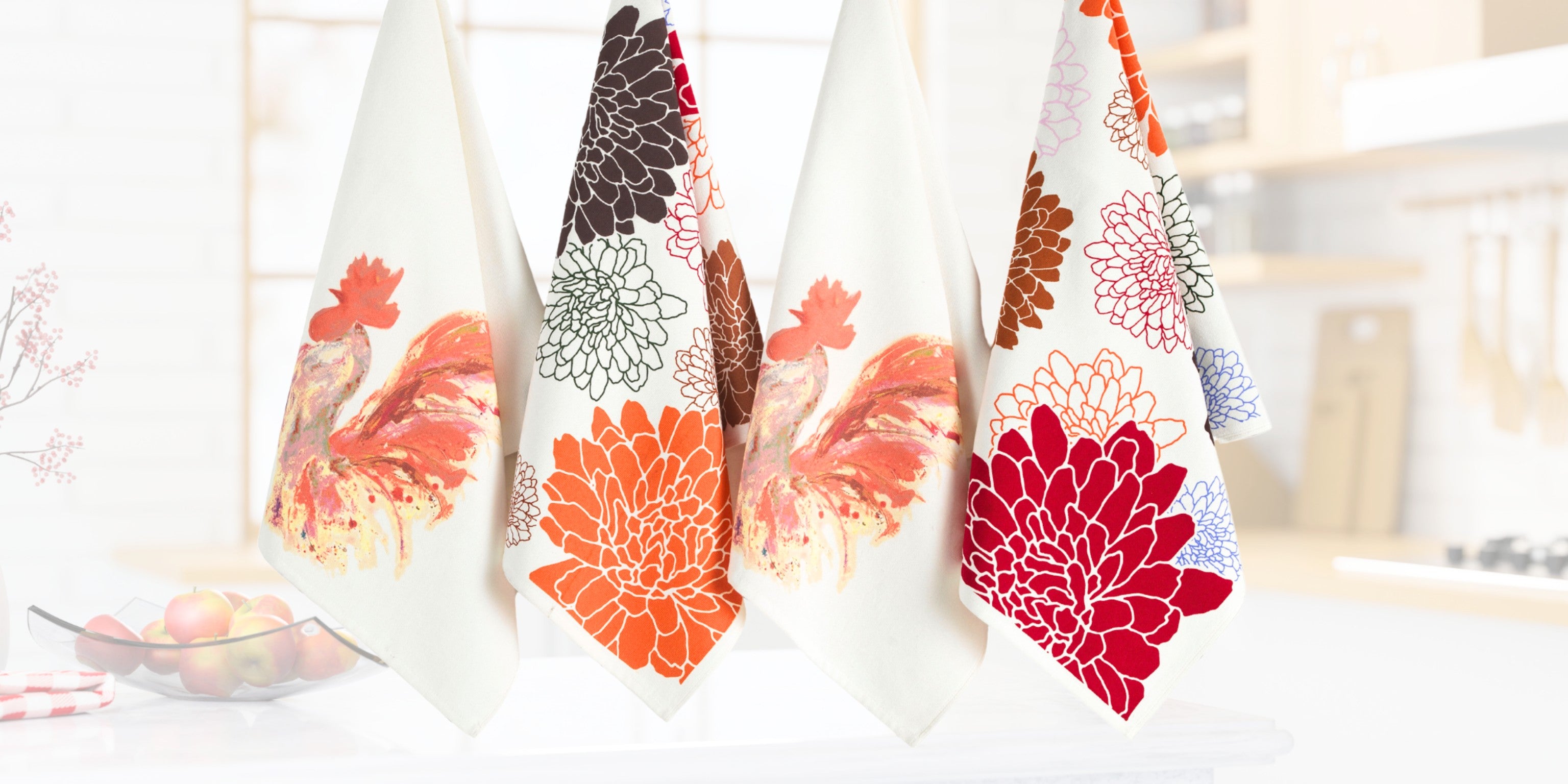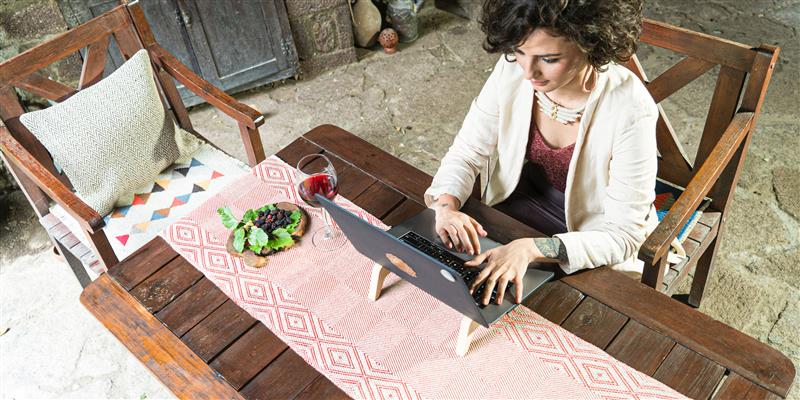When it comes to maintaining a clean and inviting home, knowing when to replace your towels and rugs is key. These everyday essentials not only add comfort and style to your living space but also play a crucial role in your daily hygiene. Regular replacement is vital to ensure that these items remain functional and hygienic, enhancing the overall atmosphere of your home. But how often should you really replace them? Let's dive in and find out.
The Lifespan of Towels
Towels are a staple in every household. They're used daily and endure frequent washing, which can take a toll on their fibers over time. This constant use means they are often exposed to water, soap, and friction, which can degrade their quality over time. Understanding the lifespan of your towels can help you maintain a hygienic and comfortable bathroom experience.
How Long Do Towels Last?
The lifespan of your towels largely depends on how often they're used and how well they're cared for. On average, towels should be replaced every two to three years. However, the specific conditions of use, such as exposure to sunlight or harsh detergents, can accelerate the wear process. Regularly used towels, like those in the bathroom, may need replacement sooner due to wear and tear, especially if they are used by multiple family members.
Signs It's Time to Replace Your Towels
- Thinness and Fraying: If your towels are starting to feel thin or have frayed edges, it's a good sign they've reached the end of their life. This physical deterioration not only affects their aesthetic appeal but also their effectiveness in drying.
- Loss of Absorbency: Towels should absorb water quickly. If yours aren't doing the job anymore, it's time for new ones. Reduced absorbency can also indicate that the fibers are becoming less effective, which can happen over time with frequent washing.
- Persistent Odor: If your towels still smell musty even after washing, it may be time to replace them. This odor can often be a sign of mildew or bacteria that has embedded itself into the fibers, making them difficult to clean effectively.
Towel Washing Tips for Longevity
Taking care of your towels can extend their lifespan. Here are a few tips:
- Wash in Warm Water: This helps eliminate bacteria and keeps them fresh. Warm water is also effective in removing oils and residues that can build up over time.
- Avoid Fabric Softener: It can coat the fibers, reducing absorbency. Instead, use vinegar as a natural softener, which can help maintain the towel's absorbency.
- Dry Completely: Ensure towels are fully dry before folding and storing them. Damp towels can harbor bacteria and mildew, which can degrade the towel fibers and create unpleasant odors.
The Rug Replacement Rule
Rugs serve both functional and aesthetic purposes in a home. They add warmth, reduce noise, and can tie a room together. Beyond aesthetics, rugs also play a significant role in protecting floors and providing a comfortable surface for walking and sitting.
How Often Should You Replace Rugs?
Rugs generally last anywhere from 5 to 10 years, but this depends on the traffic in the area where the rug is placed and the quality of the rug. High-traffic areas like hallways might need more frequent replacements compared to a bedroom rug. The material of the rug also affects its lifespan; natural fibers like wool may last longer than synthetic ones under similar conditions.
Indicators That Your Rug Needs Replacing
- Visible Wear and Tear: If your rug has worn patches or is unraveling, it's time for a new one. These signs not only detract from the rug's appearance but can also pose tripping hazards.
- Stains That Don't Come Out: Persistent stains can make a rug look dirty and outdated. They can also indicate deeper damage to the fibers that can affect the rug's durability.
- Allergy Problems: Old rugs can harbor allergens, affecting air quality and health. Dust mites, pet dander, and pollen can accumulate in rugs over time, contributing to respiratory issues.
Rug Care Tips
Proper maintenance can extend the life of your rugs:
- Regular Vacuuming: This prevents dirt from settling deep into the fibers. Regular vacuuming not only keeps the rug clean but also helps maintain its texture and color.
- Spot Cleaning: Treat spills immediately to prevent stains. Quick action can prevent permanent stains and reduce the need for harsh chemical cleaners.
- Professional Cleaning: Consider getting your rugs professionally cleaned once a year. Professional cleaning can remove deep-seated dirt and allergens, prolonging the rug's life and maintaining its appearance.
Choosing New Towels and Rugs
When it's time to replace your towels and rugs, consider the following:
Towels
- Material: Egyptian and Turkish cotton towels are known for their softness and absorbency. These materials also tend to be more durable, making them a worthwhile investment.
- Weight: Look for towels with a higher GSM (grams per square meter) for a thicker, more absorbent towel. Higher GSM towels are not only more luxurious but also more effective at drying.
- Color and Design: Choose colors and patterns that complement your bathroom decor. Consider neutral tones for versatility or bold patterns to make a statement.
Rugs
- Material: Wool rugs are durable and easy to clean, while synthetic rugs are budget-friendly and stain-resistant. Each material has its pros and cons, so choose based on your specific needs and lifestyle.
- Size and Shape: Ensure the rug fits the space properly. A rug that's too small can make a room look disjointed, while one that's too large can overwhelm the space.
- Style: Pick a style that enhances your home's aesthetic. From minimalist to bohemian, there's a rug to suit every taste. Consider how the rug's color and pattern will interact with your existing decor.
Budgeting for Replacements
Replacing towels and rugs doesn't have to break the bank. Here are a few tips for budget-conscious shopping:
- Sales and Discounts: Look for sales, especially during holiday weekends. Many retailers offer significant discounts during these times, allowing you to purchase quality items at a reduced price.
- Bulk Buying: Purchasing towels in sets can save money. Buying in bulk is often more cost-effective and ensures you have matching sets for a cohesive look.
- Quality Over Quantity: Invest in high-quality items that last longer, reducing the frequency of replacements. While the upfront cost may be higher, the long-term savings and satisfaction are often worth it.
Conclusion
Understanding when and how to replace your towels and rugs is essential for maintaining a clean and stylish home. By paying attention to the signs of wear and following care tips, you can extend the life of these household essentials. Regular inspection and maintenance not only preserve their functionality but also enhance the overall aesthetic of your living space. And when it's time to replace them, choosing the right materials and styles will ensure your home remains both functional and beautiful.
Remember, a little care goes a long way in preserving your home's comfort and charm. Happy decorating! By investing in quality and taking the time to care for your textiles, you can enjoy a fresh and welcoming home environment year-round.



